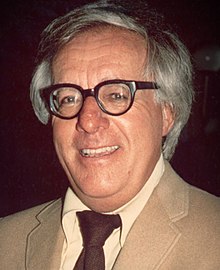I was introduced to the poetry of Sara Teasdale (8 August 1884 – 29 January 1933) in 1967 by an odd source – the album
One Nation Underground by the “psychedelic folk” group Pearls Before Swine. The leader of the group Tom Rapp set her poem “I Shall Not Care” to music and the rest is history. I was a fan of Teasdale’s from then on.
Many other composers set her poems to music, so lyrical and musical are her lines and words. Ray Bradbury was influenced by her poem “There Will Come Soft Rains” and it was featured in his short story of the same name.
Originally from St Louis, she was part of a group of young women writers and artists who published a monthly magazine called The Potter’s Wheel. Her first volume of poetry Sonnets to Duse and Other Poems was published in 1907. This was followed in 1911 by Helen of Troy and Other Poems. Rivers to the Sea came out in 1915. It was a bestseller and was reprinted several times. Love Songs (1917) won in 1918 what would be called the Pulitzer Prize a few years later. This volume was followed by Flame and Shadow (1920), Dark of the Moon (1926), and Stars To-night (1930). Her last book Strange Victory was published in 1933, the year of her death.
Teasdale wrote many poems about autumn and its melancholy feel, the waning of summer and the oncoming harshness of winter. The end of summer brings “The wheel of a locust leisurely grinding the silence” and she describes winter as “snow-hushed and heartless.” Finally, at the end of life comes rest with its “crystal of peace.” There was little rest in Teasdale’s life. Perhaps she found her peace in the next.
The first two poems I’ll copy here for you are from Rivers to the Sea and the third is from Strange Victory. Enjoy!
I Shall Not Care
When I am dead and over me bright
April
Shakes out her rain-drenched hair,
Tho’ you should lean above me broken-hearted,
I shall not care.
I shall have peace, as leafy trees
are peaceful
When rain bends down the bough,
And I shall be more silent and
cold-hearted
Than you are now.
Indian Summer
Lyric night of the lingering Indian
summer,
Shadowy fields that are scentless
but full of singing,
Never a bird, but the passionless
chant of insects,
Ceaseless,
insistent.
The grasshopper’s horn, and far
off, high in the maples
The wheel of a locust leisurely
grinding the silence,
Under a moon waning and worn and broken,
Tired
with summer.
Let me remember you, voices of
little insects,
Weeds in the moonlight, fields that
are tangled with asters,
Let me remember you, soon will the
winter be on us,
Snow-hushed
and heartless.
Over my soul murmur your mute benediction
While I gaze, oh fields that rest
after harvest,
As those who part look long in the
eyes they lean to,
Lest
they forget them.
“There Will Be Rest”
There will be rest, and sure stars
shining
Over the roof-tops crowned with
snow,
A reign of rest, serene forgetting,
The music of stillness holy and
low.
I will make this world of my devising
Out of a dream in my lonely mind,
I shall find the crystal of peace,
- above me
Stars I shall find.

















